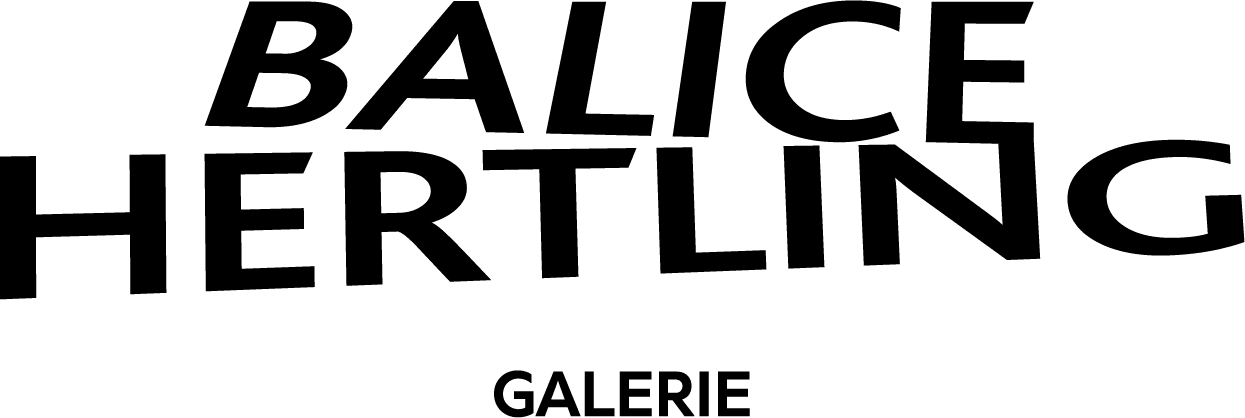Neïl Beloufa: Les Manques Contenus
« People’s passion, lifestyle, beautiful wine, gigantic glass towers, all surrounded by water »
In the first video, people describe their lifestyle and the place in which they live. What they communicate all seems a bit too perfect... everything is "clean" around them, nature is lush, people ride bikes, everyone lives in a modern residential tower on the edge of a lazy river or a fountain. Curiously, the majority of the dialog incorporates elements of a Western utopia as it was formulated in the nineteenth century - full of "commonliving", the sharing of intimacy, work and leisure - or evoking descriptions of paradise as may be suggested in religious texts. With each scene shift, the image is repositioned in the projection space in a sort of enigmatic geolocation - according to the light and its location in relationship to the sun. This technique, combined with the idealized tone of the protagonists, results in the feeling one would get from watching the propaganda film for a sect or a new-age documentary about a mystical commune...
Neil Beloufa actually asked the people of Vancouver, through random encounters on camera, to say what would be their ideal place to live. This place could be fictional or real, the arguments premeditated or thought-up on the spot. Their only requirement was to maintain a "positive" disposition.
« The Analyst, the researcher, the screenwriter, the cgi tech and the lawyer »
In the second video, we witness a seemingly banal urban scene from a helicopter, which nevertheless immediately makes one think of an American police chase scene on television.
Neil Beloufa chose to show these images to various "experts" from very different professional fields, all habitual generators of speeches or analyses. Thus, a medical researcher, a writer, a computer graphics technician, a lawyer and an environmental analyst individually defend their views on these images, developing a scenario that would explain what we have before us. They have no indication of location, or any clues regarding the footage. Their interpretations, once interwoven, build a more or less coherent scenario.
We do not actually know what is at stake behind what is being filmed and the images can seem at times entirely banal, or otherwise disturbing. In the end, the stories formed through this decoding of images prevent us from focusing on our own interpretation.
Le Bien / le Mal / le discours
The two videos might present a conflict between good and evil, one describing a pseudo-idealized life in line with that of a techno-hygienist, the other referring instead to the discomfort of megacities - insecurity, surveillance and widespread suspicion. But it would be too simplistic to stop there. Both works actually merge and are augmented with the whole system that expands throughout the exhibition space, adding new layers of meaning. Structures that both literally and figuratively support the videos extend into the space and serve to frame the presentation of a variety of sliced images, objects and photographs, multiplying the projections and turning them voluminous. This reinforces the idea of an exhibition being embedded in itself, a bit like House of Leaves, the famous novel by Mark Z. Danielewski,
An environment is established and it forces us to read the two videos together within the duality of the space. The experience is almost paranoid.
A powerful surrealist presence is felt in this back-and-forth between moving images, fragments of speech, recomposed objects, extracted photographs and mini-sculptures. The impossibility of all discourse and judgment that Neil Beloufa extends is unique to his artistic research - an updated form of automatic writing - where all media is projected simultaneously in order to be denounced and somehow disqualified. In addition to his usual ability to make movies, this image-tamer continues to travel the world, unveiling as much as he possibly can.
- Gaël Charbau

